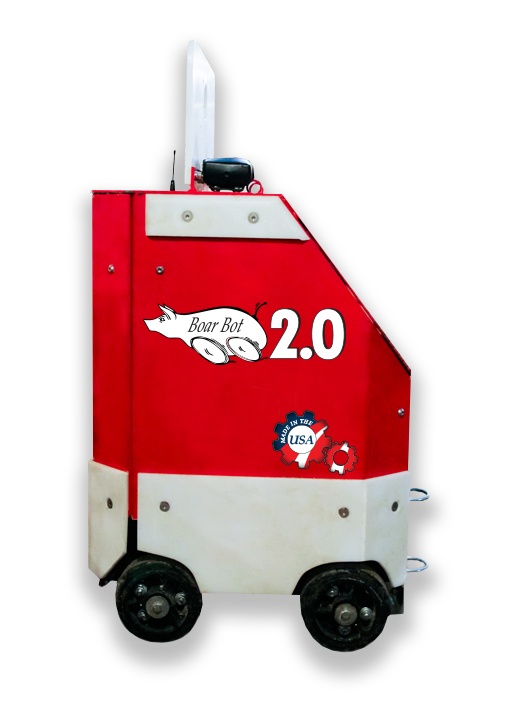
Effects of Mechanical Lead System for Boar Control During Heat Detection on Libido and Salivary Androstenone and Androstenol
N. Sugai, S. Probst Miller, DVM, and R.V. Knox, PhD, University of Illinois College of Veterinary Medicine, AgCreate Solutions, Inc, University of Illinois Department of Animal ScienceDaily boar exposure for weaned sows shortens weaning-toestrus interval.6,13 Boar libido impacts a technician’s ability to correctly identify heat6. Mechanical leads are used for human safety and to reduce labor for boar movement and heat detection. To date, we are unaware of other studies that have measured impact of mechanical lead on libido and salivary androstenone and androstenol levels.
This study compared two options for mechanical leads, the Boar Bot (BB) and Contact-O-Max (CM) on measures of boar libido during heat detection and effects on salivary androstenone and androstenol as a potential indicators for libido.
Overall, the study shows boar handling for heat checking has a significant difference on boar libido and performance. Investigating further on the effects of age and training for boars can help formulate better boar protocols for improving heat checking efficiency on sow farms.
The Results:
Statistics were performed using SAS for the main effects of mechanical lead, and boar and sow order of exposure (1-200, and 201-400 sows/day). BB boars showed doubled contact time (p<0.0001), increased chomping/saliva production (p<0.0001), and increased urination (p<0.02), with females over CM boars (Figure 1). There was no significant difference for vocalization. It was common to observe boar libido waning over time for both lead systems. CM libido waned more than
BB (P<0.05).
There was a difference between pre- and post- androsterone and androstenol for all boars, but no significant difference between BB and CM boars (Figure 2).
There was a difference between pre- and post- androsterone and androstenol for all boars, but no significant difference between BB and CM boars (Figure 2).





